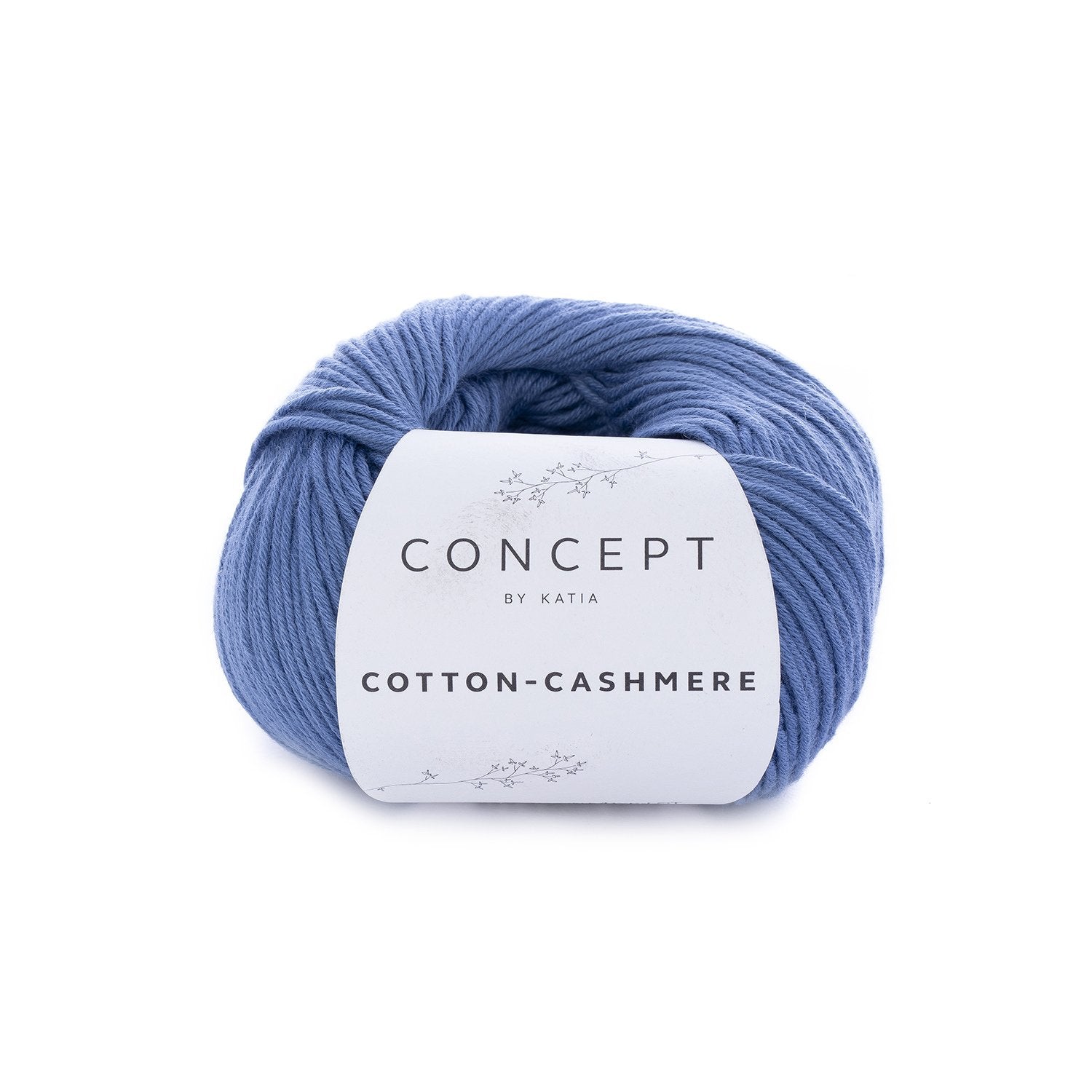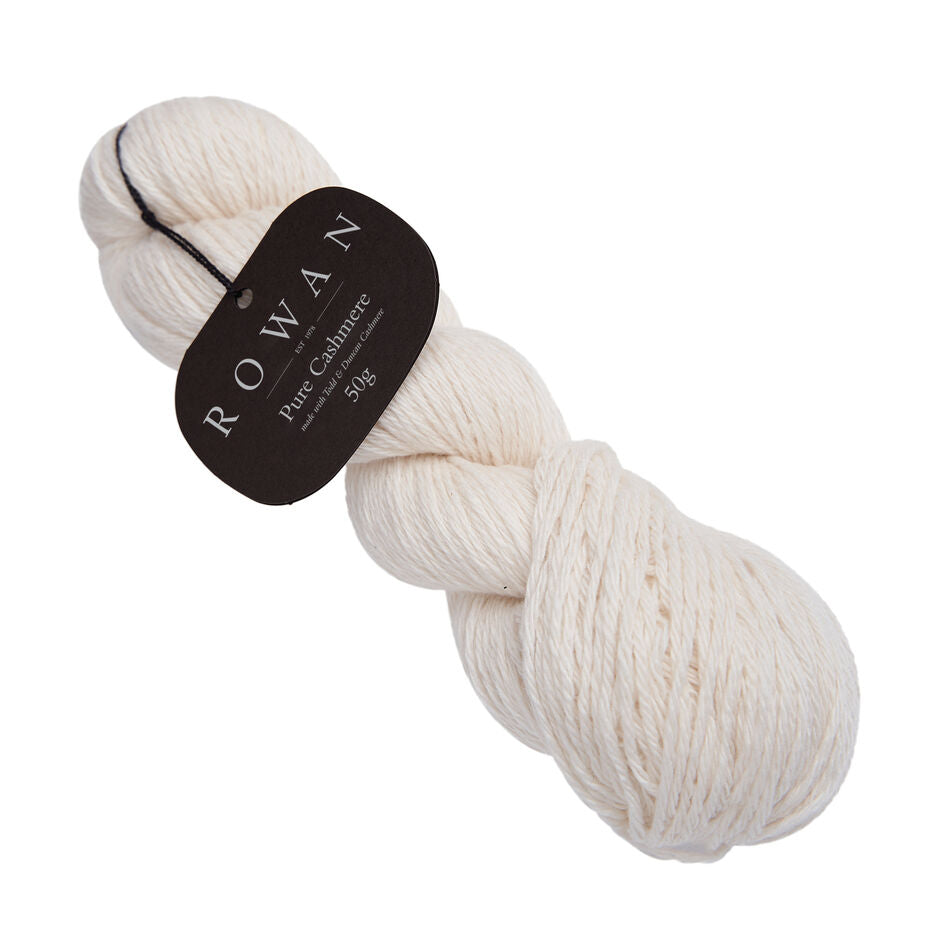Discover the Attraction of Cashmere a Natural Fiber: Why It's a Must-Have in Your Closet
The allure of cashmere, a deluxe natural fiber, goes beyond plain aesthetic appeals. Originating from the Kashmir area, this lightweight yet long lasting material has woven its means into high-end style due to its special residential or commercial properties and functional appeal. From discussing its fascinating origin to comprehending its manufacturing process, high quality, and treatment, it deserves exploring why cashmere holds such an unique location on the planet of fabrics. Discover the sophistication and material of this fiber as we embark on an exploration of its appeal.

The Beginning and History of Cashmere: A Brief Summary
While many might see cashmere as a simple deluxe, its history is soaked in rich social custom. Originating from the Kashmir area in India, cashmere wool has actually been generated for thousands of years. The fiber is obtained from the soft undercoat of cashmere goats, collected during their molting period.
Comprehending the Unique Residences of Cashmere Fiber
Cashmere, renowned for its distinctive features, stands apart worldwide of textiles. This lavish fiber is exceptionally soft, providing a comfortable and comfy feel unlike any type of various other. It is considerably warmer than woollen, making it a perfect selection for winter garments. In spite of its heat, cashmere is surprisingly lightweight and does not include unnecessary bulk. This all-natural fiber is additionally known for its toughness. While other materials may put on down over time, cashmere keeps its high quality, making certain lasting wear. Cashmere possesses a distinct aesthetic charm. Its mild luster and beauty make it a staple in high-end fashion. Recognizing these residential or commercial properties clears up why cashmere is not simply a deluxe, yet a rewarding financial investment for any wardrobe.

The Refine of Producing Cashmere: From Goat to Garment
To value the elegant buildings of cashmere fully, one need to understand its journey from the raw fiber to the ended up item. The process begins with the cashmere goats, mostly found in Mongolia, China, and Iran. The soft undercoat of these goats, gathered throughout their all-natural molting season in spring, supplies the raw product. This delicate fiber is then very carefully divided from the coarser external hair in a labor-intensive process understood as dehairing. The pure cashmere is after that colored, rotated into yarn, and lastly weaved or woven right into the desirable garments. Each step is carefully carried out to maintain cashmere's notable warmth, softness, and toughness. This detailed procedure results in the creation of a really glamorous textile. try here
Translating the Quality and Cost: Why Is Cashmere so Expensive?
Cashmere stems from the great undercoat of the cashmere goat, with each goat creating a simple 150 grams every year. The processing of raw cashmere requires both time and knowledge, with the fibers needing to be carefully sorted, cleaned, and rotated. These aspects integrated make cashmere a pricy yet highly sought-after asset in the globe of fashion.
Cashmere in vogue: The Versatility and Classic Charm
In spite of its high price, the classic allure and adaptability of cashmere have strengthened its area in the realm of fashion. The fiber's one-of-a-kind view it now structure, characterized by its softness and heat, has become identified with high-end and convenience. Its flexibility prolongs past seasonal patterns, making it a wardrobe crucial in different forms, from classy sweatshirts to stylish headscarfs. The flexible nature of cashmere permits its assimilation into both official and laid-back attire, symbolizing its broad allure. Additionally, the textile's withstanding appeal throughout the years vouches for its ageless charm. As fads come and go, cashmere continues to be a constant, its appeal undiminished, remaining to shape the style and inspire market's landscape.
Caring for Your Cashmere: Maintenance and Preservation Tips
Making certain the long life of cashmere garments requires particular care and interest. These valued properties need to not be tossed into the washing device with routine laundry. Instead, hand washing with gentle, pH-neutral soap in lukewarm water is encouraged. After cleaning, they must not be wrung out. Instead, they ought to be carefully pushed between towels to take in excess water, then laid flat to dry. Routine cleaning with a read this article cashmere comb can protect against pilling. Saving these things in a cool, dry place, ideally in a breathable bag, can shield them from moths and moisture (is cashmere a natural fiber). A periodic airing outside, far from straight sunlight, can revitalize the fibers. With these maintenance and preservation tips, one can ensure their cashmere remains luxuriously soft and long lasting.
Conclusion
Cashmere, with its unparalleled soft qualities and heat, offers both deluxe and longevity. Its origin from the Kashmir region and thorough production process add to its high-end allure and expense. Its versatility in style and withstanding charm make it a worthwhile investment for any kind of wardrobe. With proper treatment and preservation, cashmere garments can last for several years, using a distinct mix of convenience, high quality, and design. Discover the appeal of cashmere and boost your fashion arsenal.

Comments on “What Is Cashmere and How Does It Compare to Other Fabrics?”